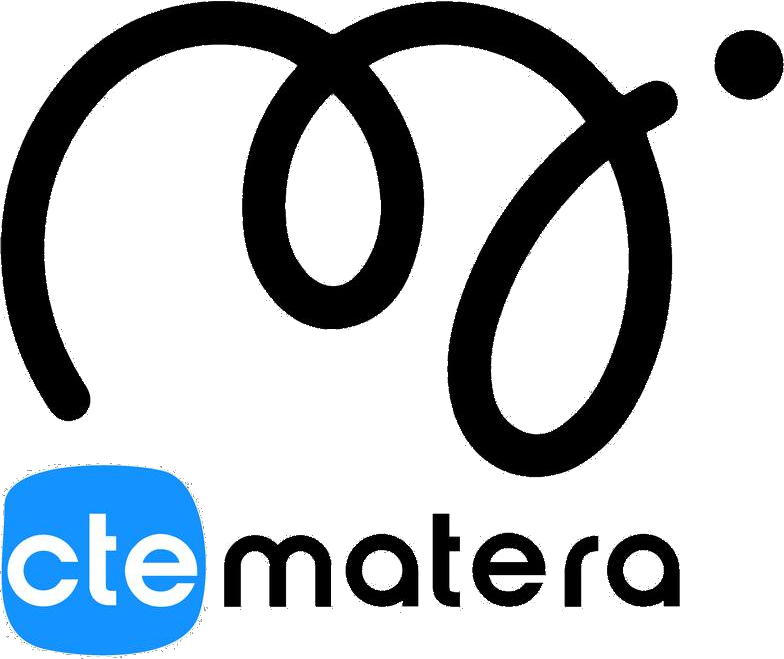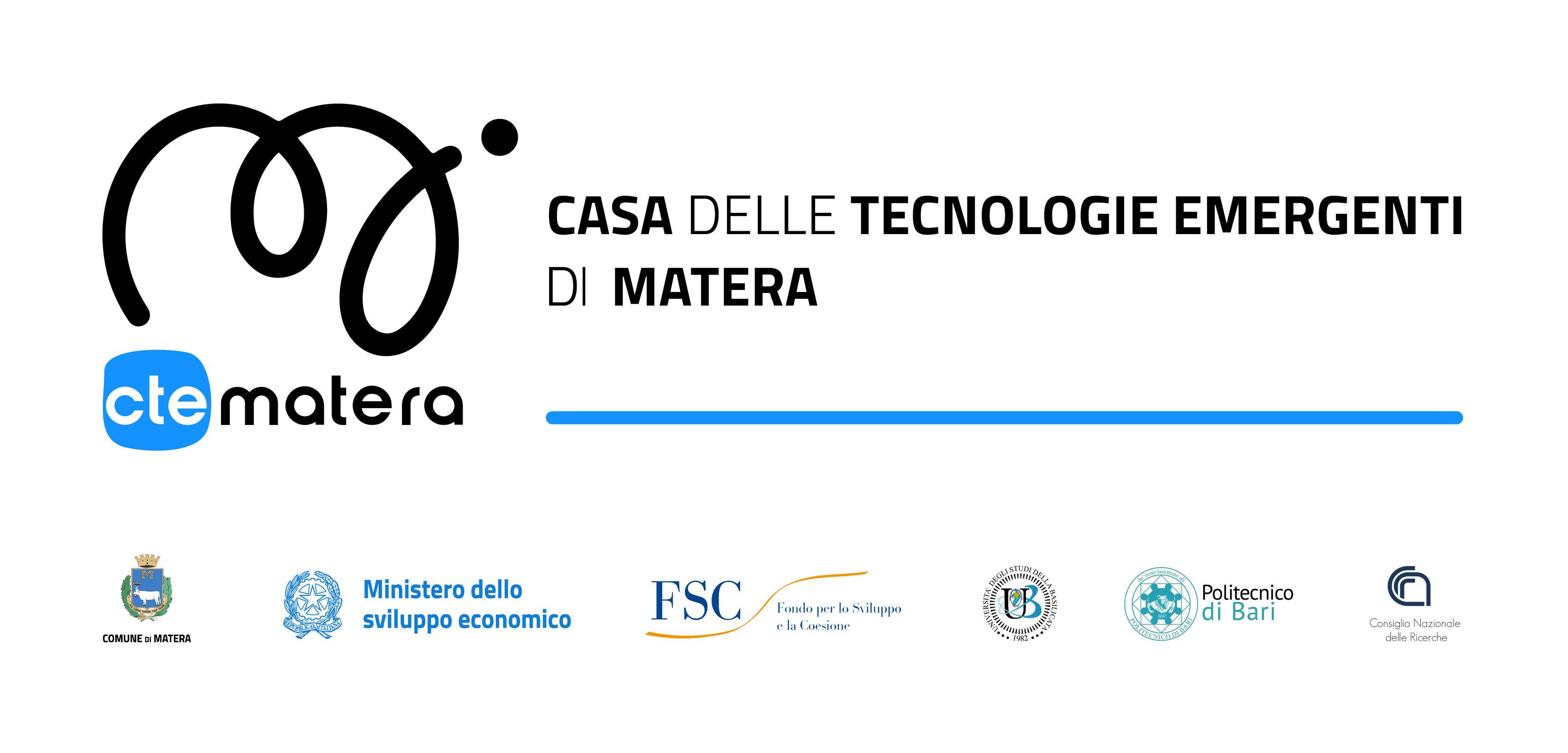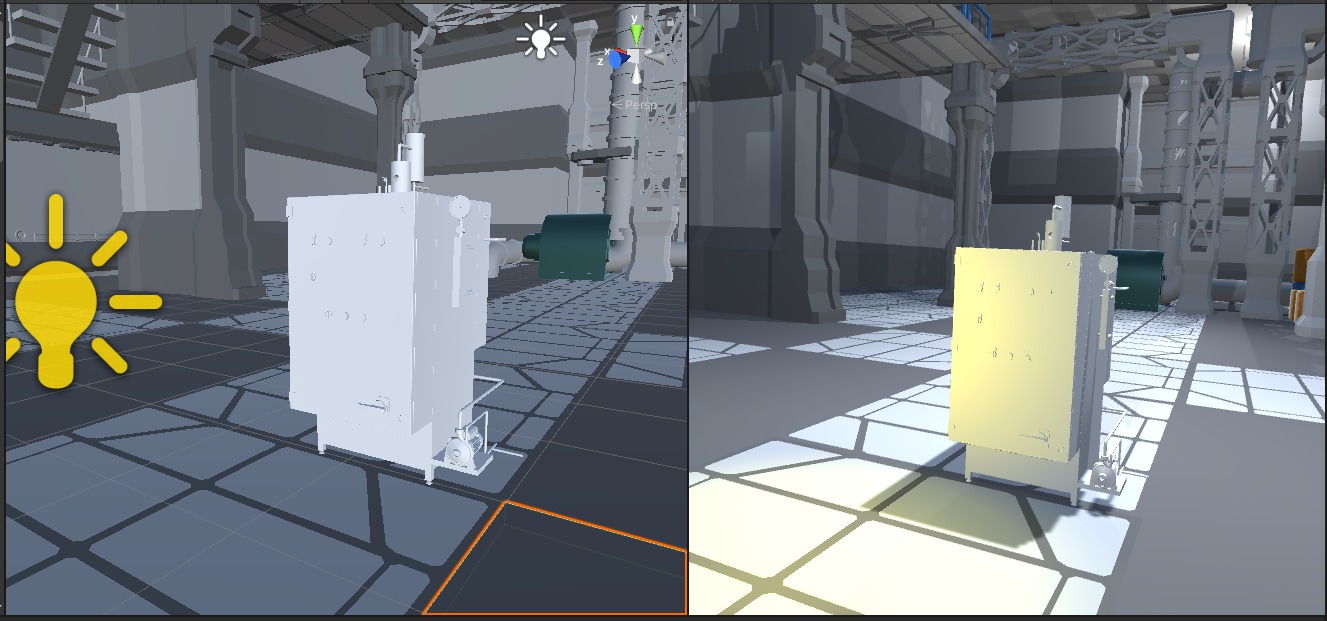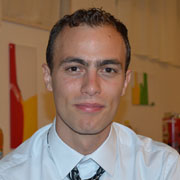Andreas Scalas
I am a PhD student at the University of Genova and research fellow at CNR IMATI (GE). I got both my BSc and MSc at the University of Cagliary, respectively in 2014 and 2016. Since then, I started working as a research fellow at CNR IMATI under the umbrella of the European GRAVITATE project, with the aim of defining parametric templates of 3D shapes based on semantic descriptions characterizing homogeneous object classes. My research interests are focused in Computer Graphics and, in particular, in shape deformation, in shape annotation and semantic 3D media, in shape modelling and analysis and in shape recognition and classification.
Research Activity
Computer Graphics
Shape deformation
Shape Annotation
Semantic 3D media
Shape Modelling and Analysis
Shape Recognition and Classification
Shape Similarity
Geometry Processing
Computational Topology
Cultural Heritage
Projects



Publications
A pipeline for the preparation of artefacts that provides annotations persistence
A. Scalas, M. Mortara, and M. Spagnuolo
Thanks to increasing efforts towards 3D digitisation in the Cultural Heritage domain, we are seeing increasing interest in computer graphics tools that can concretely support innovative curatorial and...
CNR@People | DOI: 10.1016/j.culher.2019.06.006
2019, Journal article
Mill and fold: shape simplification for fabrication
Muntoni A.; Nuvoli S.; Scalas A.; Tola A.; Malomo L.; Scateni R.
We introduce a pipeline for simplifying digital 3D shapes and fabricate them using 2D polygonal flat parts. Our method generates shapes that, once unfolded, can be fabricated with CNC milling machines...
CNR@People | DOI: 10.1016/j.cag.2019.03.003
3D FEATURE RECOGNITION FOR THE ASSESSMENT OF BUILDINGS' ENERGY EFFICIENCY
Daniela Cabiddu, Michela Mortara, Chiara Romanengo, Andreas Scalas, Alice Bellazzi, Lorenzo Belussi,Ludovico Danza, and Matteo Ghellere
The real assets, procedures, systems,and subsystems of a city can be virtually represented throughan urban digital twin(DT),which integrates heterogeneous data to learn and evolve with the physical ci...
CNR@People
2023, Conference proceedings
Mathematical Methods for the Shape Analysis and Indexing of Tangible CH Artefacts
Elia Moscoso Thompson, Chiara Romanengo, Andreas Scalas, Chiara E. Catalano, Michela Mortara, Silvia Biasotti, Bianca Falcidieno, and Michela Spagnuolo
N/A
CNR@People | DOI: 10.1007/978-981-99-3679-3_7
2020, Conference proceedings
A first step towards cage-based deformation in Virtual Reality
A. Scalas, Y. Zhu, F. Giannini, R. Lou, K. Lupinetti, M. Monti, M. Mortara and M. Spagnuolo
The advent of low cost technologies makes the use of immersive virtual environments more interesting for several applicationcontexts. 3D models are largely used in such environments for providing feel...
CNR@People | DOI: 10.2312/stag20201246
2019, Conference proceedings
An automatic approach for the classification of ancient clay statuettes based on heads features recognition
A. Scalas, V. Vassallo, M. Mortara, M. Spagnuolo, and S. Hermon
In recent years, quantitative approaches based on mathematical theories and ICT tools, known under the terms of digital,computational, and virtual archaeology, are more and more involved in the tradit...
CNR@People | DOI: 10.2312/gch.20191352
2018, Conference posters
Geometric and topological tools for quantitative analysis in archaeology: the Ayia Irini case study
A.Scalas, V. Vassallo, M. Mortara, M. Spagnuolo
N/A
CNR@People
2018, Conference proceedings
Shape analysis techniques for the Ayia Irini case study
A. Scalas, V. Vassallo, M. Mortara, M. Spagnuolo, and S. Hermon
The typical approach for archaeological analysis is mainly qualitative and, as such, subjective. Even when some measures arereported in the documentation of artefacts, they are often approximate or am...
CNR@People | DOI: 10.2312/gch.20181373
2018, Conference proceedings
Simplification of shapes for fabrication with V-groove milling tools
Muntoni A.; Scalas A.; Nuvoli S.; Scateni R.
We introduce here a pipeline for simplifying digital 3D shapes with the aim of fabricating them using 2D polygonal flat parts. Our method generates shapes that, once unfolded, can be fabricated with C...
CNR@People | DOI: 10.2312/stag.20181293
2017, Conference proceedings
3D Annotation Transfer
A. Scalas, M. Mortara, and M. Spagnuolo
In the last few years, there has been an increase in digitalization efforts within the Cultural Heritage field, which boosted theinterest for new strategies to improve documentation standards. While t...
CNR@People | DOI: 10.2312/gch.20171295





